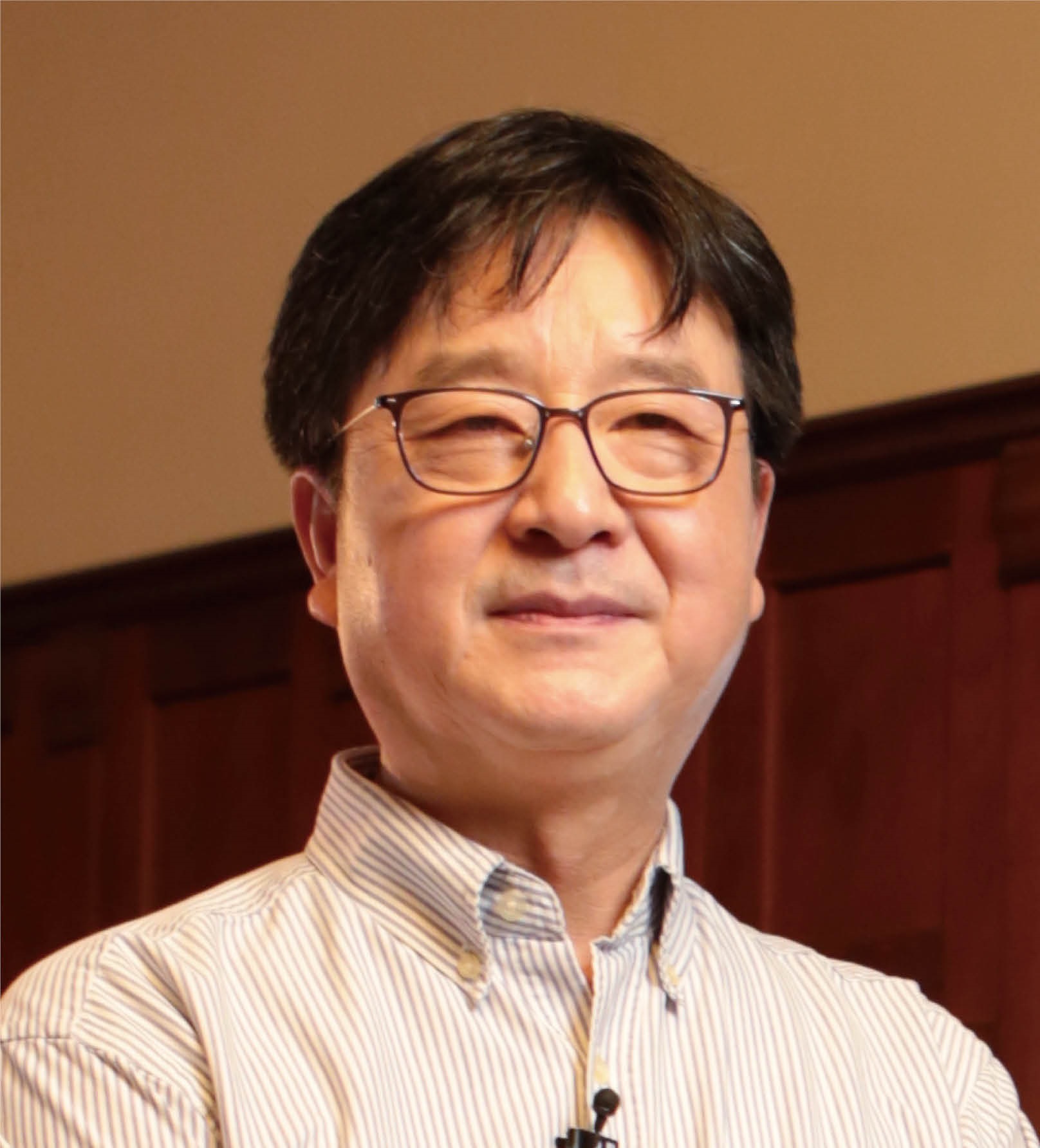2000 – Present: Principal Investigator, Professor, Shanghai Institute of Biochemistry and Cell Biology, Center of Excellence in Molecular Cell Scinece, Chinese Academy of Sciences, Shanghai
2012 – Present: Distinguished Adjunct Professor, School of Life Science and Technology, ShanghaiTech Universtiy
1998 – 2000: Staff Scientist, Project Leader, Department of Molecular Biology, the Max-Planck-Institute of Biochemistry, Munich, Germany
1993 – 1998: Post-doctoral Fellow, The Max-Planck-Institute of Biochemistry, Munich, Germany. Supervisor: Professor Dr. Axel Ulrich
1989 – 1993 Doctor of Medicine (DR. MED.), the Faculty of Theoretical Medicine, Institute of Pharmacology and Toxicology, University Ulm, Ulm , Germany.
1989 – 1989 Visiting Scholar Fellow, Heinrich-Peter-Institute of Experimental Virology and Immunology, Hamburg University, Germany.
1983 – 1989 Research Assistant, Department of Biochemistry, the Second Military Medical University, Shanghai , China
1978 – 1983 Bachelor of Medicine (Bsci.), Faculty of Military Medicine, the Second Military Medical University, Shanghai , China
